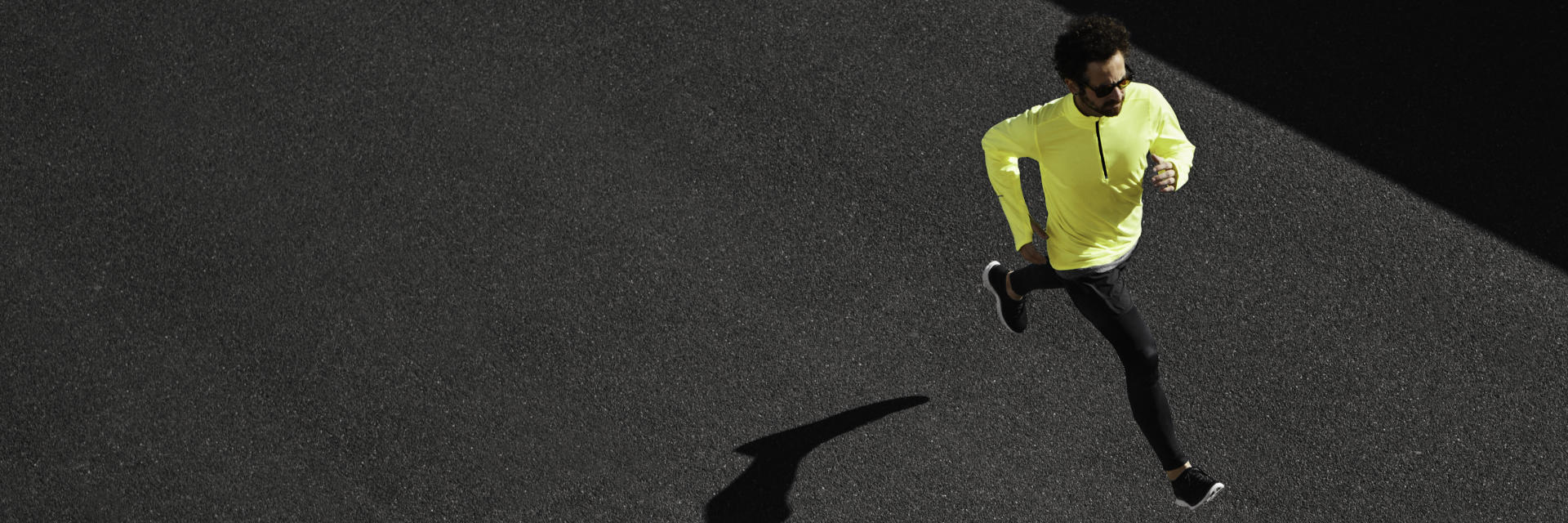
A sports hernia is a painful and potentially debilitating injury that can occur during physical activity, especially sports that involve sudden changes in direction, twisting, or kicking. The National Institutes of Health report that almost 28% of athletes will suffer a sports hernia.
Also known as athletic pubalgia, a sports hernia is a strain or tear of the soft tissue in the lower abdomen or groin area. While surgery is sometimes necessary to repair a sports hernia, proper warmup exercises can often prevent this injury.
Five Warm-Ups to Prevent a Hernia Injury
The pelvic and groin specialists at Core Surgical in NYC explore some effective warmup exercises that can help reduce the risk of experiencing a sports hernia.
1. Dynamic Stretching
Dynamic stretching involves moving the muscles and joints through a full range of motion in a controlled manner. This type of stretching is particularly effective for warming up the muscles and preparing the body for physical activity. Dynamic stretches for the lower body, such as leg swings, hip circles and walking lunges, can help improve flexibility and reduce the risk of straining the muscles and tendons in the groin area.
2. Core Activation Exercises
Strengthening the core muscles is essential for preventing sports hernias, as a strong core provides stability and support to the lower body during physical activity. Incorporating core activation exercises, including planks, bird dogs and abdominal bracing, into your warmup routine can help engage the muscles in the abdomen and lower back, reducing the stress on the groin area.
3. Hip Mobility Drills
Maintaining good hip mobility is crucial for preventing sports hernias, as restricted movement in the hip joints can lead to compensatory movements and increased strain on the surrounding muscles and soft tissue. Including dynamic hip mobility drills, such as hip rotations, leg crossovers and hip flexor stretches, in your warmup can help improve the flexibility and range of motion in the hips, reducing the risk of injury.
4. Glute Activation Exercises
Weak glute muscles can contribute to imbalances in the lower body and increase the risk of sports hernias. By incorporating glute activation exercises, such as glute bridges, clamshells and monster walks, into your warmup routine, you can help ensure that the glute muscles are firing properly and providing support to the pelvis and lower body during physical activity.
5. Gradual Progression
In addition to specific warmup exercises, gradually increasing the intensity of your physical activity can also help prevent sports hernias. Starting with low-intensity movements and gradually building up to higher-intensity exercises allows the body to adapt and prepare for the demands of the sport, reducing the likelihood of overexertion and injury.
NYC Sports Hernia (Athletic Pubalgia) Treatment
While warmup exercises can help reduce the risk of sports hernias, it’s also essential to listen to your body and seek medical advice if you experience persistent pain or discomfort in the groin area. Incorporating targeted warmup exercises into your pre-activity routine can play a significant role in reducing the risk of sports hernias.
If you incur a hernia or groin pain, contact Core Surgical as soon as possible for an exam and consultation.
Posted on behalf of
133 E 58th St Suite 703
New York, NY 10022
Phone: (212) 628-8771
Email: frontdesk@coresurgicalmd.com
Monday - Thursday: 9:00AM to 5:00PMFriday: 9:00AM to 4:00PM
Saturday - Sunday: Closed
